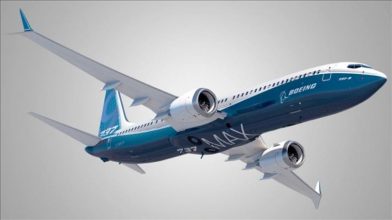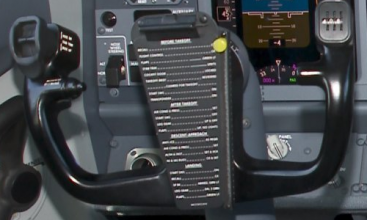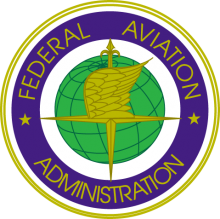
In March of 2019, the Boeing 737 Max dominated the news headlines. This is the latest on the Boeing 737 Max. Each bullet is designed to give a summary
The Plane

The Boeing 737 Max is the latest edition of one of Boeing’s most popular airliners. The 737 debuted in 1968. Bolstered by the success of Southwest Airlines and its exclusive Boeing 737 fleet, the 737 has gone through several revisions. As a popular car is refined over the years, so has the 737 over its history. The 737 Max is the latest production model. It debuted in 2017 and was designed with fuel economy in mind.
The Crashes
A Lion Air Boeing 737 Max crashed in Indonesia in October of 2018. This was followed by an Ethiopian Air crash in March 2019. The second crash led to the grounding of the fleet by one country, then another. It culminated in a grounding in the United States (directed by President Donald Trump to the FAA). Doctor Aviation commented on the decision (see Interview).
The Cause
The two crashes led to intense scrutiny of the cause of the accidents. It usually takes up to one year for a final crash investigation report to be issued. Therefore, there are no final reports for either accident. Initial reports have indicated a problem with the AOA system and the MCAS.
AOA

AOA stands for Angle of Attack. This can be thought of as the angle of the wing in relation to the air flowing over the wing. There is an ideal AOA for an aircraft as it climbs out and as it conducts an approach and landing. It can be thought of as a “sweet spot”. The angle can be a little high or a little low without incident. However, if the AOA becomes too high, a stall can result.
Aircraft can vary as to the number of AOA sensors on a single aircraft. There are two AOA sensors on the 737 Max. These sensors send information to the pilots’ instruments and the aircraft control systems. See this Clip for more information on AOA
MCAS
MCAS stands for Maneuvering Characteristics Augmentation System. This is a system that is designed to aid the pilot. Taking inputs from several flight instruments, the MCAS can direct flight control inputs if it deems the aircraft is in danger. For an excellent article and pictures of the system, see the following link: MCAS

In the case of the ill-fated flights, it seems that one AOA sensor was sending faulty signals to the MCAS. The MCAS determined that the aircraft was in danger of stalling. The MCAS then began to push the yoke (equivalent of the steering wheel) forward in order to avoid a stall. The problem lies in the fact that the aircraft was climbing out and was therefore not high in the air. When the yoke was pushed forward the aircraft began to descend towards the ground. The pilots in turn began to pull the yoke back to raise the nose, resulting in a “tug of war” with the MCAS. In the following clip from the BBC, a pilot demonstrates the MCAS stall system in a simulator.
The Decision-Making Process
The Boeing Company and the FAA now have a challenge to restore the public’s perception of the Boeing 737 Max. The Boeing Company released this statement as to a software fix it is developing to solve the MCAS/AOA problem. Additionally, an honest question is being asked as to the relationship between the FAA and the Boeing Company.

Boeing established an impressive safety record. Top FAA officials have gone back and forth between the private industry and the FAA. Additionally, government deregulation has resulted in delegation of safety inspections to aircraft manufactures. Have all these factors resulted in too cozy a relationship? In other words, was the safety inspection process for a new aircraft compromised. This news story in investigates that question.

Returning Trust
In an effort to answer questions and restore the public’s trust the JATR has been commissioned. The Joint Authority Technical Review team is tasked to examine the certification process for the Boeing MCAS. This board is not investigating the accidents, rather they are looking at the process, to determine if the process of certifying (the system as safe) was in fact a problem.
The board is made up of representatives from nine civil aviation authorities from around the world. These include the FAA and NASA. The team is chaired by the National Transportation Safety Board Chairman. More details can be found at the FAA site
Where we are Now
Airlines had hoped to have the 737 Max return to the sky for the busy summer travel season. However, for now the aircraft remain grounded. Reports indicate that August may be the soonest that the aircraft returns to the air. There are technical hurdles to overcome (with the AOA and MCAS), flight tests, training and the process review to complete. However, as most of us know from personal experience, the longest road may be the one to restore trust. Trust can be broken quickly but takes a long time to build.

